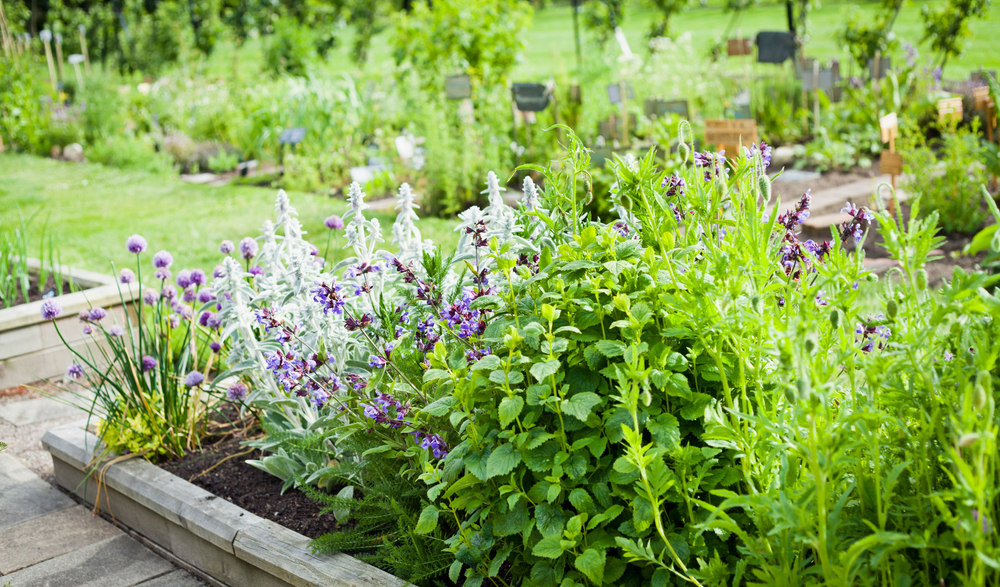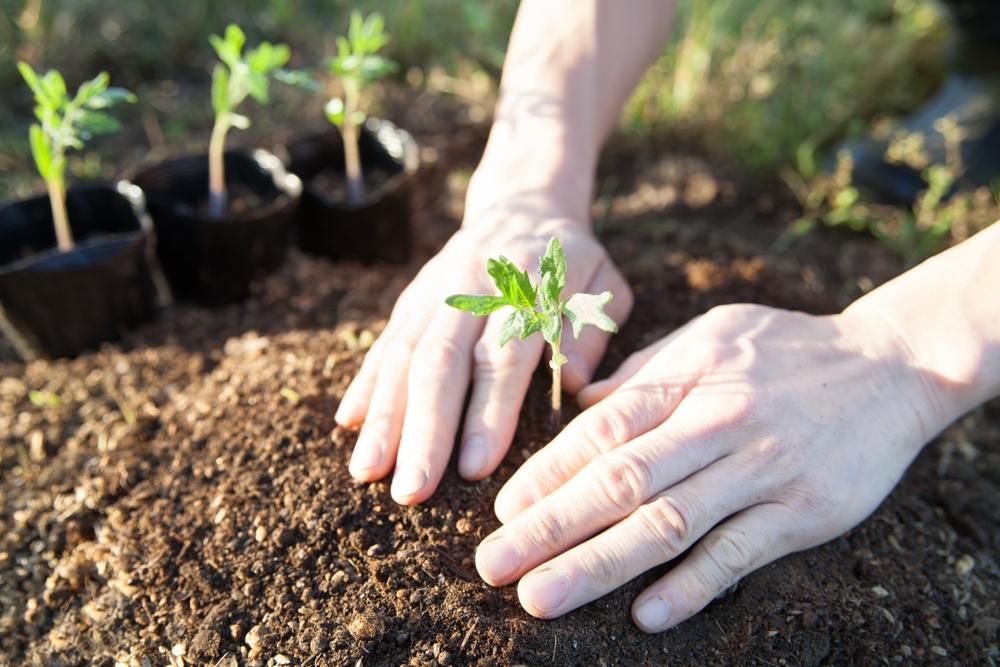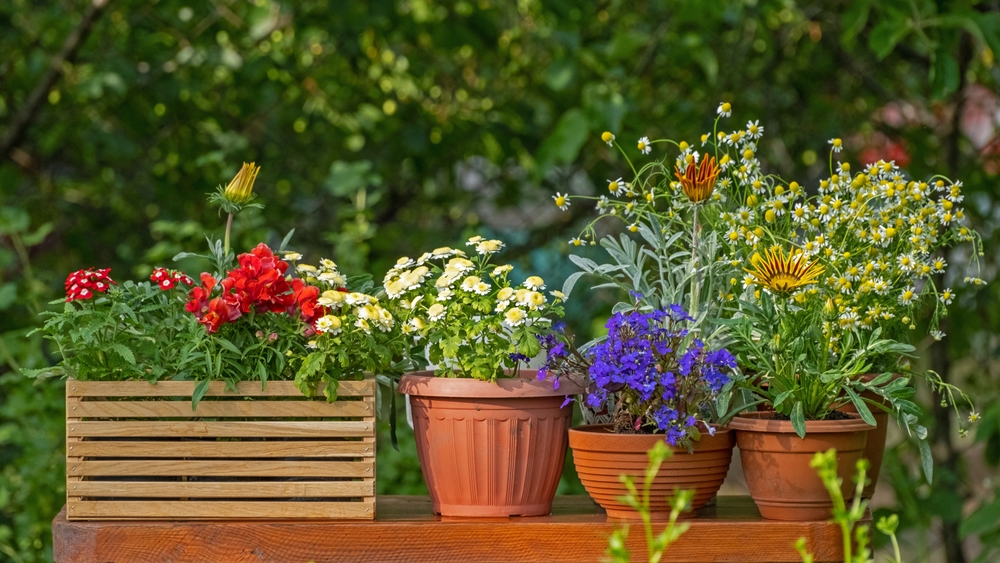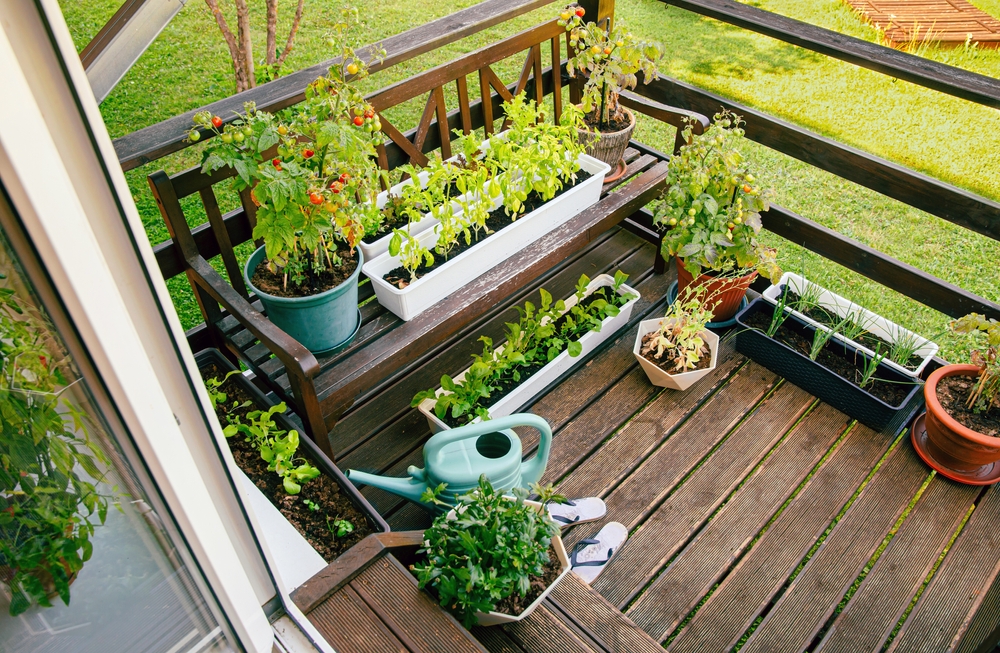Understanding Sunlight Needs for Different Garden Plants
I’m sure we all know that most plants need sunlight to survive. Through photosynthesis, plants use sunlight to convert carbon dioxide and water into food. Without enough sunlight, plants will struggle in your garden.
Sunlight also affects the flowers of your plants! Some of them won’t even bloom if they don’t bask in the sun for long, while others prefer a little bit of shade from time to time. It all depends on the plant you have.
This post may contain affiliate links, which helps keep this content free. Please read our disclosure for more info.
Understanding Sunlight Terms

Ever wonder what the “full sun” or “partial sun” means on your plant tags? This tells you the amount of sunlight your plant needs every day. Here are some important definitions that you should know to give your plants the optimal amount of sunlight every day.
- Full sun means that the plant needs at least six hours of direct sunlight daily.
- Partial sun means that your plant needs three to six hours of sunlight every day.
- Partial shade is almost the same as partial sun, but protect it from hot afternoon sun.
- Full shade means that your plant only needs less than 3 hours of sunlight daily.
Do a quick online search, consult local experts, or check the plant tags to understand the optimal amount of sunlight your plants need. Also, watch how light changes and affects your garden throughout the day.
How to Evaluate Sunlight in Your Garden

The easiest way to get a feel for your garden’s sunlight is to check it at different times during the day. Morning, midday, and afternoon light can all feel different, and your plants will respond to that. What looks sunny at 9 a.m. might be fully shaded by 1 p.m.
Don’t forget that sunlight changes with the seasons. A bed that gets full sun in the summer might be mostly shaded in spring or fall, especially if there are trees nearby.
Watch for spots where your plants just don’t seem to grow right. Make notes so you can pick better spots next time.
Plant Categories by Sunlight Requirement

Who doesn’t want to grow their plants well? Planting them in areas where they receive optimal sunlight gives them the best opportunity to grow healthy.
Here are some plants that love full sun:
- Tomatoes
- Peppers
- Squash
- Zinnias
- Sunflowers
- Lavenders
If you’ve got a spot with part sun or part shade, go for veggies like lettuce, spinach, or peas. These grow better when it’s not too hot. Flowers like impatiens, begonias, and bleeding hearts also do well when they get a mix of sun and shade.
Matching Plants to the Right Spot

Before buying plants or seeds, take a look at the tags they have. They’ll usually tell you how much sun the plant likes, which can help you figure out the best place for it in your yard. If you don’t see a tag, ask other gardeners for help.
When planning the layout of your garden, try to group plants based on the light they need. You’ll have an easier time taking care of your plants. If you want to mix in different plants in your garden, make sure that the taller plants that need more sunlight won’t block all the light for your other plants.
Taking a little time to plan where things go will save you from having to dig things up later.
Common Issues from Incorrect Sunlight Exposure

If you see the leaves of your plants appearing crispy, it might be due to too much exposure to the sun. Some plants may even wilt even if you watered them correctly. When that happens, try placing the plants in some shade in the afternoon.
On the other hand, not enough sunlight can stunt the growth of your plants. You’ll notice them leaning toward the light source or in one direction.
If you fix these problems, move your potted plants into better spots, trim branches that block sunlight, or use a piece of cloth as a shade to protect your plants during the hottest hours.
Tips for Gardening in Challenging Light Conditions

Yards that face the north don’t get direct sunlight, especially during the cooler months. In this case, stick with plants that prefer the shade and do your best to prepare and maintain the soil to help them stay healthy.
If you have your plants on your balcony or patio, I won’t be surprised if your plants only receive a few hours of sunlight. Choose plants that don’t need extended hours of sunlight, or move your containers and pots into better spots throughout the day.
Understanding how much sun your plants need can make your garden more successful and easier to manage. It’s all about putting the right plant in the right place.
Before planting, take a few days to observe how the sun moves through your yard. It helps to keep a simple garden journal so you can track what worked and what didn’t. That way, each year gets a little better than the last.
This article originally appeared on Avocadu.
